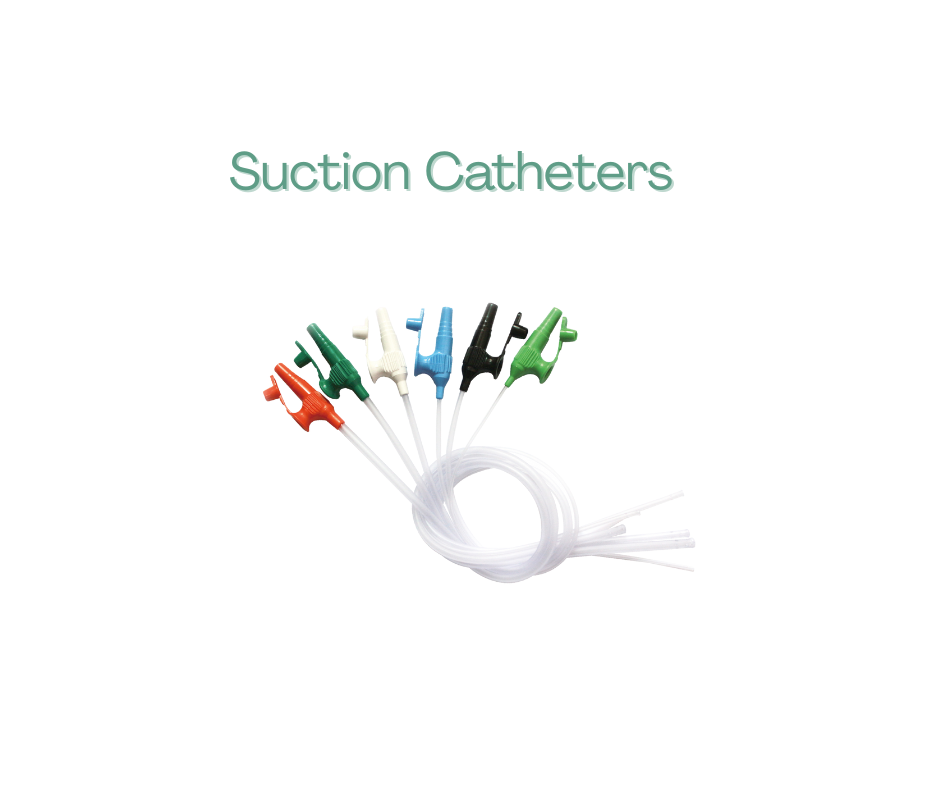TEl: +86-13148388090
Fax:+86-571-88616515
Home / Knowledge & Education / Respiratory Care / Respiratory Care / Step-by-Step Guide to Tracheal Suctioning for Nursing Trainees
Respiratory Care
Step-by-Step Guide to Tracheal Suctioning for Nursing Trainees
Author: admin / 2025-09-03Tracheal suctioning is a fundamental skill in respiratory care, used to remove secretions and maintain a clear airway. Performing it correctly helps prevent complications such as hypoxia, trauma, or infection. This guide provides nursing trainees with a clear, step-by-step approach for safe and effective suctioning.

1. Patient Assessment and Preparation
Before suctioning, assess the patient carefully:
- Look for signs of airway obstruction such as coughing, wheezing, increased respiratory rate, or visible secretions.
- Check oxygen saturation, heart rate, and level of consciousness.
- Explain the procedure to conscious patients to reduce anxiety.
Prepare all necessary equipment:
- Sterile suction catheter (choose a size not exceeding half the inner diameter of the endotracheal or tracheostomy tube)
- Suction machine with appropriate pressure: 100–150 mmHg for adults, 80–100 mmHg for children, 60–80 mmHg for infants
- Sterile gloves, mask, protective drape
- Sterile saline (if lavage is needed)
- Wash hands thoroughly and don PPE to maintain a sterile technique.
2. Performing Suctioning
- Oxygenation (if indicated): Provide 100% oxygen for 30–60 seconds for patients at risk of desaturation.
- Insert the catheter gently: Advance the catheter without suction. Avoid forcing it against resistance. Insert only as deep as needed to reach the secretion (usually 2–3 cm beyond the end of the airway tube for adults).
- Apply suction while withdrawing: Cover the suction port with your thumb and withdraw slowly, rotating the catheter to remove secretions evenly. Limit each suction pass to 10–15 seconds.
- Monitor patient response: Watch oxygen saturation and vital signs continuously. Wait 30–60 seconds between passes to allow recovery. Repeat suctioning only if secretions persist.
3. Post-Procedure Care
After suctioning:
- Ensure the patient is comfortable and breathing normally.
- Clear secretions from the catheter and tubing.
- Dispose of single-use items safely.
- Document the procedure: include the frequency, amount, color, and consistency of secretions, as well as patient tolerance and any complications.
4. Key Safety Tips
- Always maintain sterile technique to prevent infection.
- Monitor vital signs continuously during suctioning.
- Limit suction duration and number of passes to avoid trauma.
- Choose the correct catheter size to balance efficacy and patient safety.
- Provide oxygen as needed, especially if the patient shows desaturation.
Avoid deep insertion to prevent airway injury.
Tracheal suctioning is a routine yet delicate procedure. By following this step-by-step guide, nursing trainees can perform suctioning safely, minimize complications, and ensure patient comfort. Regular practice, supervision, and adherence to clinical guidelines help build competence and confidence in airway management.


